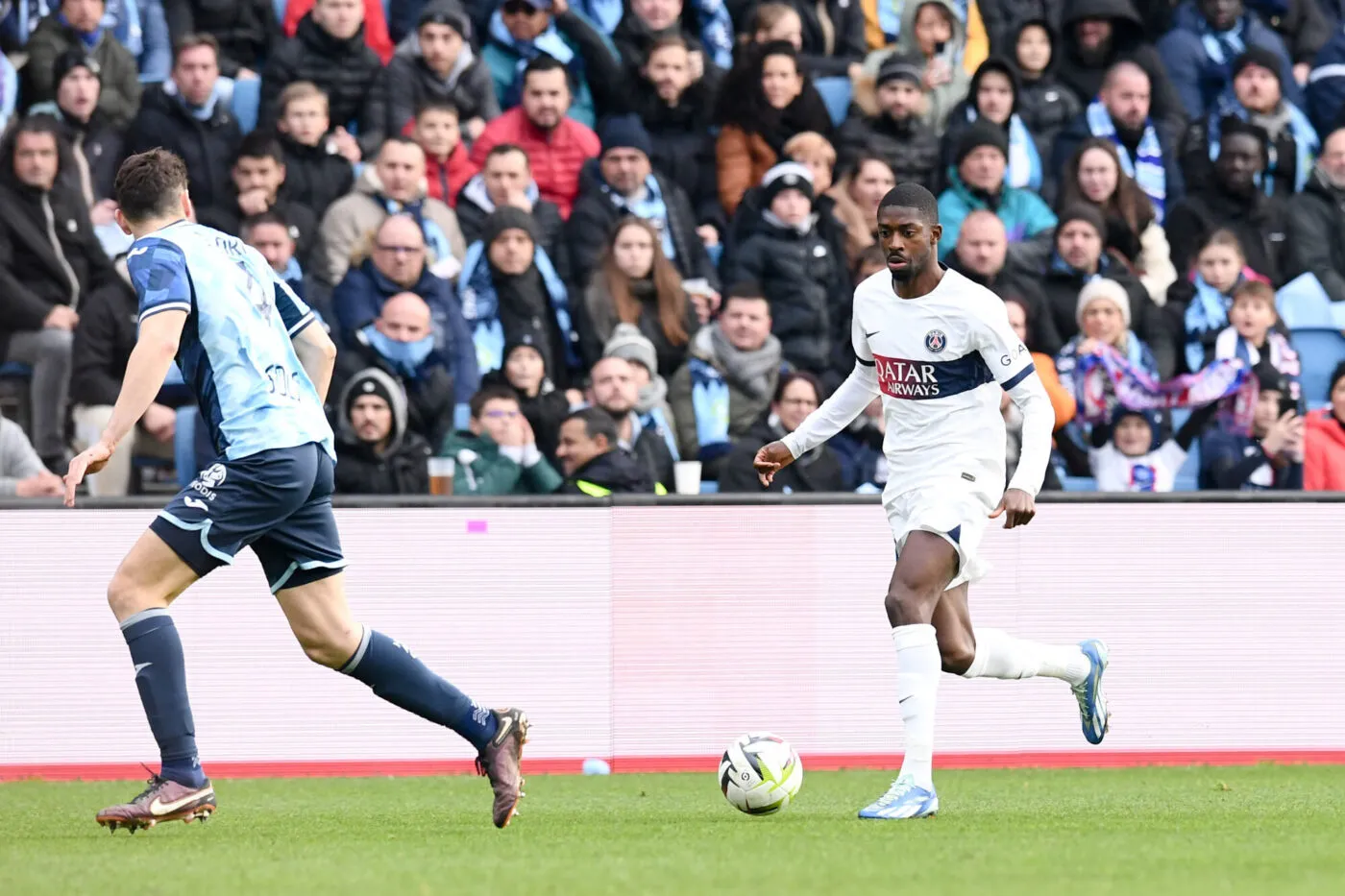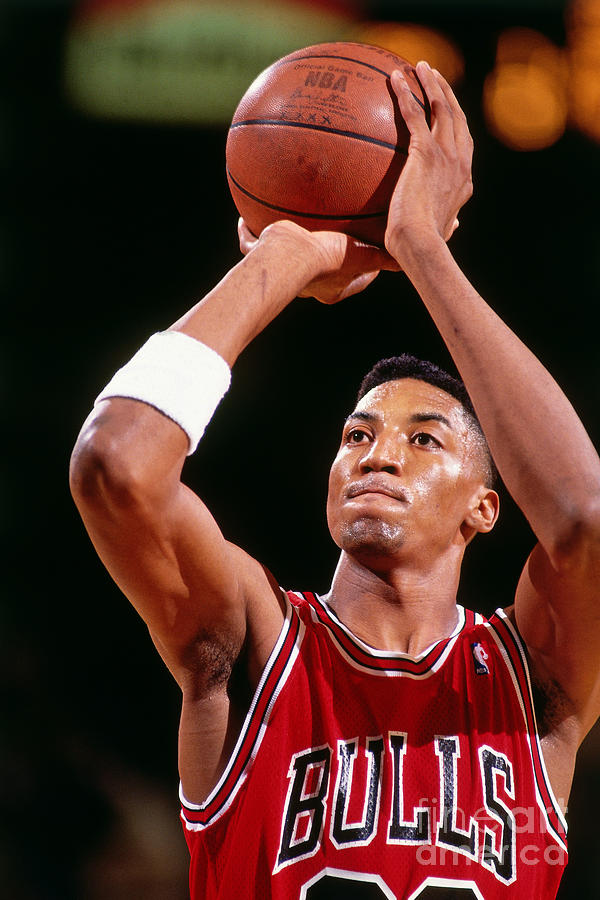Released in 1998, Steven Spielberg’s *Saving Private Ryan* redefined the war film genre and left an indelible mark on filmmakers worldwide. Renowned for its visceral realism, emotional depth, and innovative storytelling techniques, the film set a new benchmark for cinematic representation of war. This article delves into the legacy of *Saving Private Ryan* and its profound influence on a generation of filmmakers, exploring its themes, stylistic innovations, and the broader implications on film as a medium.
Thematic Depth and Emotional Resonance
At its core, *Saving Private Ryan* is a poignant exploration of sacrifice, camaraderie, and the horrors of war. The film’s opening sequence, depicting the D-Day invasion of Normandy, is often cited as one of the most intense portrayals of battle in cinematic history. This emphasis on realism has been instrumental in shaping the way filmmakers approach war narratives today.
- Humanizing Soldiers: Unlike traditional war films that often glorify combat, *Saving Private Ryan* presents soldiers as complex individuals grappling with moral ambiguity and fear. This humanization has encouraged contemporary filmmakers to focus on character-driven storytelling.
- The Cost of War: The film does not shy away from illustrating the emotional and physical toll of war. This thematic focus has influenced films such as *American Sniper* (2014) and *Hacksaw Ridge* (2016), which delve into the psychological impacts of combat.
Innovative Cinematic Techniques

The technical prowess demonstrated in *Saving Private Ryan* has inspired a myriad of filmmakers to adopt similar techniques in their work. Spielberg’s collaboration with cinematographer Janusz Kamiński resulted in a distinct visual style characterized by handheld camera work, desaturated colors, and a documentary-like aesthetic.
- Handheld Camera Work: The use of handheld cameras during battle sequences immerses the audience in the chaos and confusion of war. This technique has been widely adopted in films like *Black Hawk Down* (2001) and *1917* (2019), where the viewer feels the immediacy and danger alongside the characters.
- Sound Design: The film’s sound design, from the deafening sounds of gunfire to the haunting silence that follows, has set a new standard for auditory realism. Filmmakers have increasingly recognized the importance of sound in enhancing emotional impact, as seen in films such as *Dunkirk* (2017).
Impact on War Narratives
The success of *Saving Private Ryan* ushered in a new era of war films that aimed to provide a more authentic representation of combat. This shift has not only influenced narrative styles but also the types of stories being told.
- Diverse Perspectives: The film’s emphasis on the moral complexities of war has encouraged filmmakers to explore diverse perspectives, including those of civilians and soldiers from different backgrounds. Examples include *The Hurt Locker* (2008) and *The Boy in the Striped Pajamas* (2008), which present unique views on the impact of war.
- Documentary Influence: The blending of documentary-style realism with narrative storytelling has become a hallmark of contemporary war films. This influence is evident in works such as *Restrepo* (2010) and *The Vietnam War* (2017), which employ similar aesthetics to convey authenticity.
Cultural Reception and Critical Acclaim
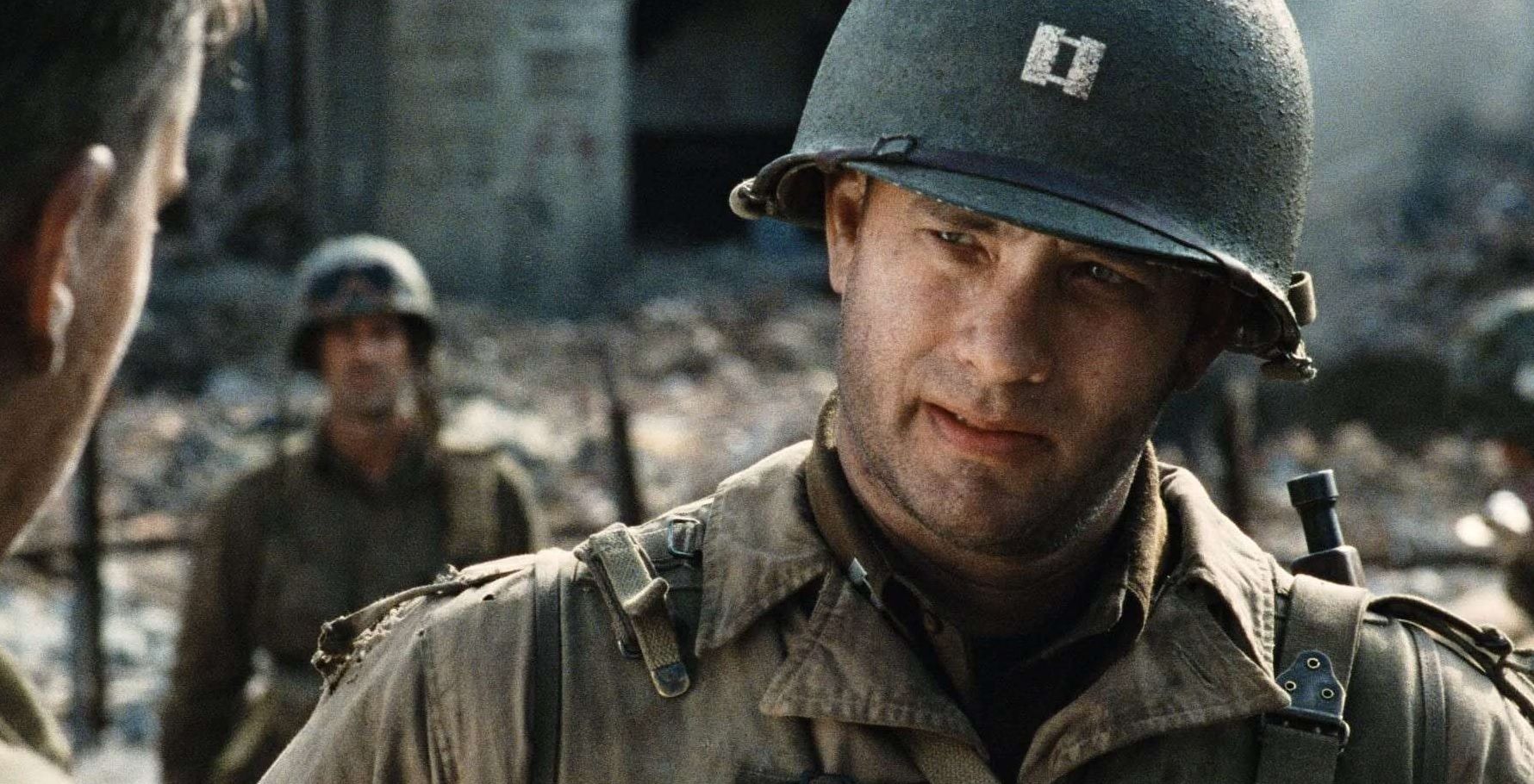
The release of *Saving Private Ryan* was met with both critical acclaim and commercial success, earning five Academy Awards, including Best Director for Spielberg. Its cultural impact has been profound, shaping not only the film industry but also public perceptions of war.
- Public Discourse: The film prompted discussions about the ethics of war, heroism, and the sacrifices made by soldiers. This has influenced subsequent films to grapple with similar themes, fostering a more nuanced understanding of military conflicts.
- Educational Impact: *Saving Private Ryan* is frequently used in educational settings to teach about World War II and the realities of war. This has led to a generation of filmmakers who are more informed and sensitive to the historical contexts of the stories they tell.
Case Studies: Filmmakers Influenced by Saving Private Ryan
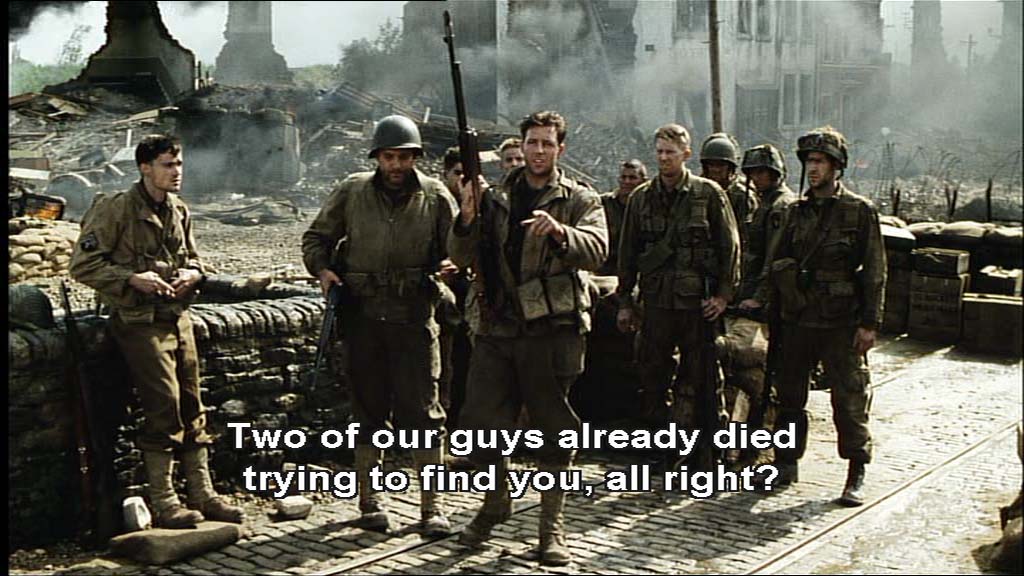
Numerous filmmakers have openly cited *Saving Private Ryan* as a significant influence on their work. Here are a few notable examples:
- Christopher Nolan: Nolan’s *Dunkirk* employs a non-linear narrative structure and immersive sound design reminiscent of Spielberg’s techniques. The film’s realistic portrayal of war echoes the emotional depth of *Saving Private Ryan*.
- David Ayer: In *Fury* (2014), Ayer captures the brutal realities of tank warfare during World War II, utilizing similar visual styles and themes of brotherhood and sacrifice that were prevalent in Spielberg’s film.
- Ang Lee: *Billy Lynn’s Long Halftime Walk* (2016) explores the psychological effects of war on soldiers returning home, reflecting the emotional complexity introduced in *Saving Private Ryan*.
Statistical Impact: The Box Office and Beyond
Financially, *Saving Private Ryan* was a blockbuster hit, grossing over $482 million worldwide against a budget of $98 million. Its success demonstrated that audiences were not only willing to engage with serious themes but also to embrace films that challenged conventional narratives.
Moreover, the film’s critical success, underscored by its five Academy Awards and numerous nominations, set a precedent for future war films. The Academy took note of the film’s achievements, leading to more recognition for films that tackled similar themes.
The Lasting Influence on Genre and Filmmaking
Over two decades have passed since the release of *Saving Private Ryan*, yet its influence remains palpable in the film industry. The film not only set a new standard for war films but also paved the way for a more mature and thoughtful approach to storytelling across genres.
- Genre Blending: The techniques pioneered in *Saving Private Ryan* have transcended the war genre, influencing filmmakers in action, drama, and even science fiction, encouraging them to adopt more realistic approaches to storytelling.
- Cinematic Realism: The film has prompted a broader trend towards realism in cinema, with many contemporary films emphasizing authenticity over stylization, reshaping audience expectations.
Conclusion: A New Era of Filmmaking
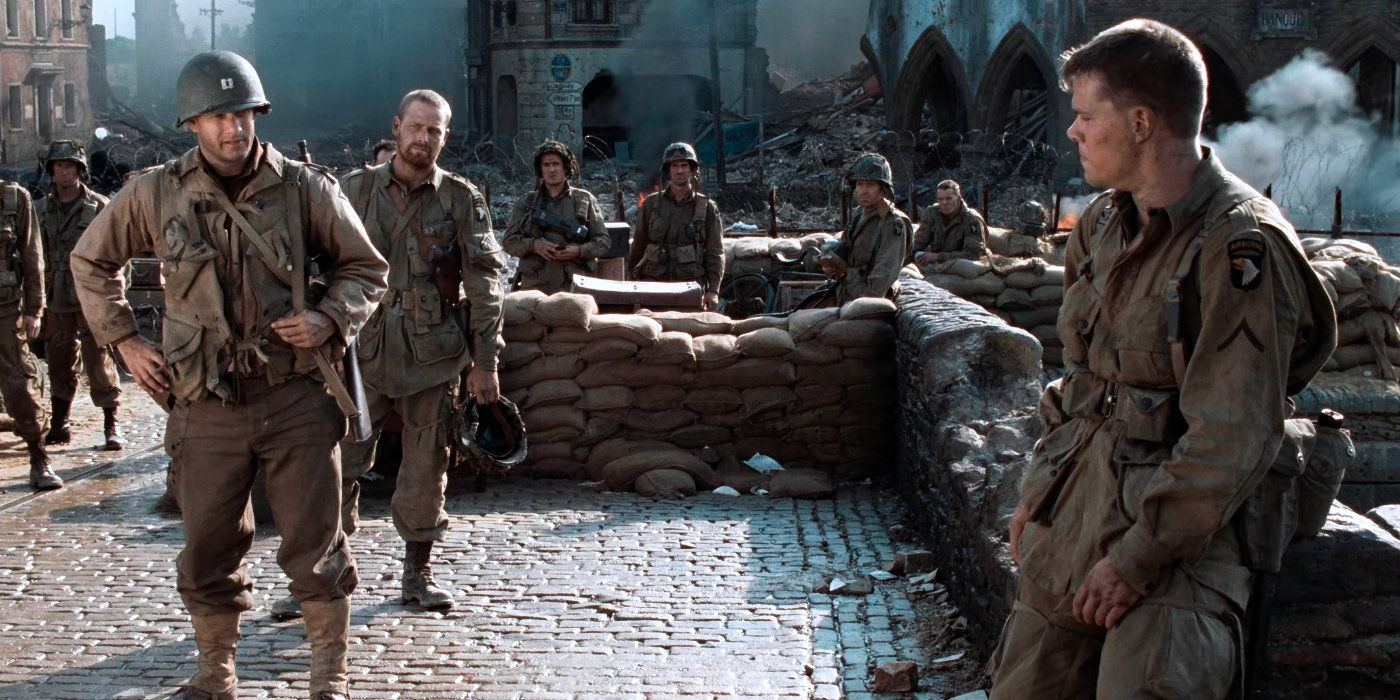
*Saving Private Ryan* has left an enduring legacy that extends far beyond its initial release. Its impact on the themes, techniques, and narratives of war films has inspired a generation of filmmakers to approach storytelling with greater depth and authenticity. Through its innovative cinematography, sound design, and emotional resonance, the film has redefined the war genre and set a standard for cinematic excellence. As filmmakers continue to draw inspiration from its groundbreaking techniques and heartfelt narratives, *Saving Private Ryan* remains a seminal work that will influence generations to come.







